One of the great advantages of an electric serial hybrid narrowboat is the lack of routine maintenance that needs to be done. I can remember on previous boats we had been on, having a series of daily/weekly/monthly checks that soon became part of the normal routine.
On Old Nick, the Leoch LC2-800 lead carbon batteries are maintenance free, the Vetus E-Line engine is maintenance free, the Vetus water lubricated stern tube doesn’t need daily attention, in fact, we are in serious danger of not having to do anything but cruise the cut!
However, there is still one piece of equipment that needs regular servicing – our inboard diesel generator. Although, it is not run every day or for long periods like a traditional diesel engine, we do use it to re-charge the batteries when we are cruising and it has been overcast for a few days. Almost everything on the boat is electric, so keeping our batteries above 40% SOC is very important and when we need the generator, we really need it, so reliable operation is paramount.
With this in mind, I was determined to learn more about our Vetus GLX6,5SIC diesel generator and if possible, service and maintain it myself. Having attended an RYA diesel course (at Willow Wren) earlier in the year, I felt pretty confident, but I was very grateful when Joel Spaven the Vetus UK technical guru, said he would help me service the GLX as part of his final visit to hear our positive feedback on a season’s cruising with the E-Line.
As it turned out, servicing a Vetus GLX generator is surprisingly easy, thanks to a well designed engine layout, where all of the parts that need to be serviced are easily accessible from the front of the enclosure. First thing you need to do, is remove the protective/sound proofing panels, which you do by clicking the recessed handles and then pulling them out – simples!
Removing the old engine oil is best done with the engine warmed up, so we left the GLX running for 15-20mins before starting the service. Whilst the engine is running, check that the small monitor panel shows a stable 1500 RPM and that the AC voltage is 230v at 50Hz.
Once the engine is warmed up, turn the generator off and remove the old oil. Some Vetus generators and engines have an integral oil removal pump, but not our model, so we used an oil removal pump similar to the one shown below, which can be bought for around £20.
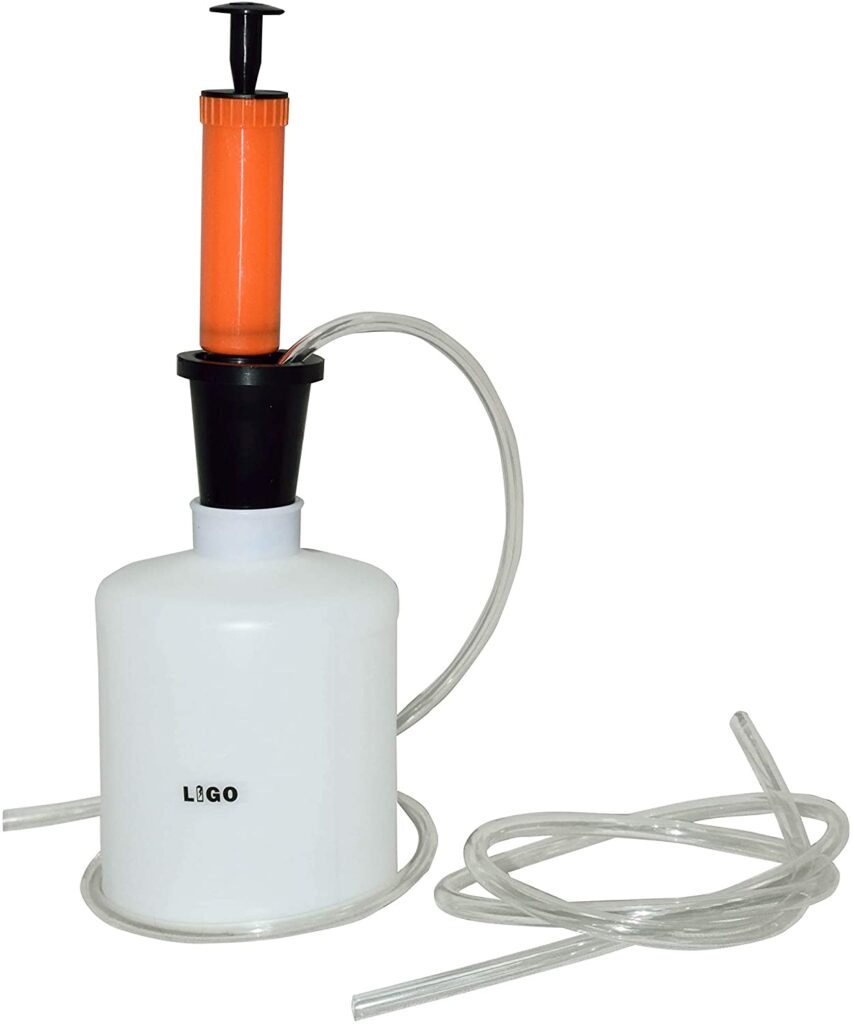
The engine oil is removed via the hole that the dip-stick is inserted in. Remove the dip-stick and insert the pump’s hose, pushing it in until it reaches the bottom of the oil sump. As you start to pump, a vacuum is created and the oil will start to siphon in to the pump’s cylinder. If you are using a smaller pump, as we were, you will need to stop the process and decant the oil from the pump’s cylinder in to another larger container.
Once all of the old oil is removed, it is time to replace the STM0051 oil filter. Place a container or towel below the oil filter, to catch any oil and using a suitable oil filter removal tool, carefully unscrew the oil filter. Once removed, use a small amount of the old oil to grease the new oil filter’s seal and then carefully screw the new filter in place, hand tight and then using the removal tool, tighten it another 1/4 turn.
With the new oil filter fitted, the new oil can be poured in to the oil filler hole, which is below the black cap in the image below – above the letter S of the Vetus logo. Referring to the Vetus M3.29 Engine manual (which the GLX6,5SIC is based on), the maximum oil capacity is 3.6L, so this is how much we poured in and after waiting a few minutes for the oil to settle, we checked the oil dip stick to make sure the level was correct.
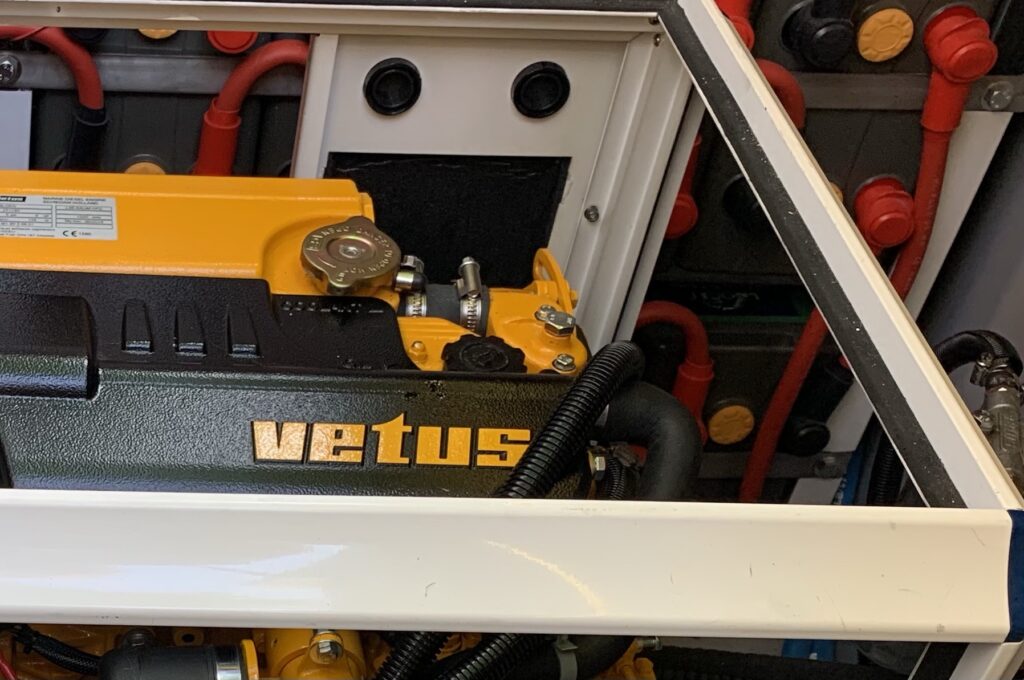
Once the oil change is completed, attention should be given to the three fuel filters; Bulk Head Pre-Filter, Lift Pump Filter and Engine Fuel Filter. Before replacing any of these fuel filters, make sure you have turned off the fuel feeds or you will be drowning in diesel. As it is, a fair amount of diesel (a cupful or two) will escape from the fuel lines and filters, so make sure you have plenty of towels and containers.
The bulk head pre-filter, also referred to as the fuel/water separator filter, is located in the main fuel feed before it reaches the generator. On “Old Nick” the pre-filter is mounted on a bulkhead just to the right of the generator. As we did with the oil filter, we placed a container and towel underneath the filter to catch the diesel that will escape. The WS180 filter/separator unscrews and is usually not as tight as the oil filter and can be unscrewed by hand.
Use a small amount of diesel to “grease” the seal on the new filter and screw it in place. Take the opportunity to check all of the fuel lines for any leaks or damage.
The lift pump filter is sometimes overlooked but is an important filter and, as can be seen from the image below, does collect a lot of unwanted contaminates. You will need a 17mm spanner to remove the filter, which is in the base of the pump.
Once again, more diesel will escape from the pump, so make sure you have a towel underneath. Once the old filter is removed, pop the new filter in and reassemble the pump.
Finally, replace the engine fuel filter. This is very similar to the oil filter. Use the towel or a container to catch the diesel again and use the filter removal tool to unscrew the fuel filter as shown below.
It is well worth checking the fuel in the filter for any evidence of the dreaded diesel bug, but assuming everything is OK, apply a small amount of diesel to the seals on the new filter. Remember to insert the smaller additional seal that is included with the fuel filter, but which is not present with the oil filter.
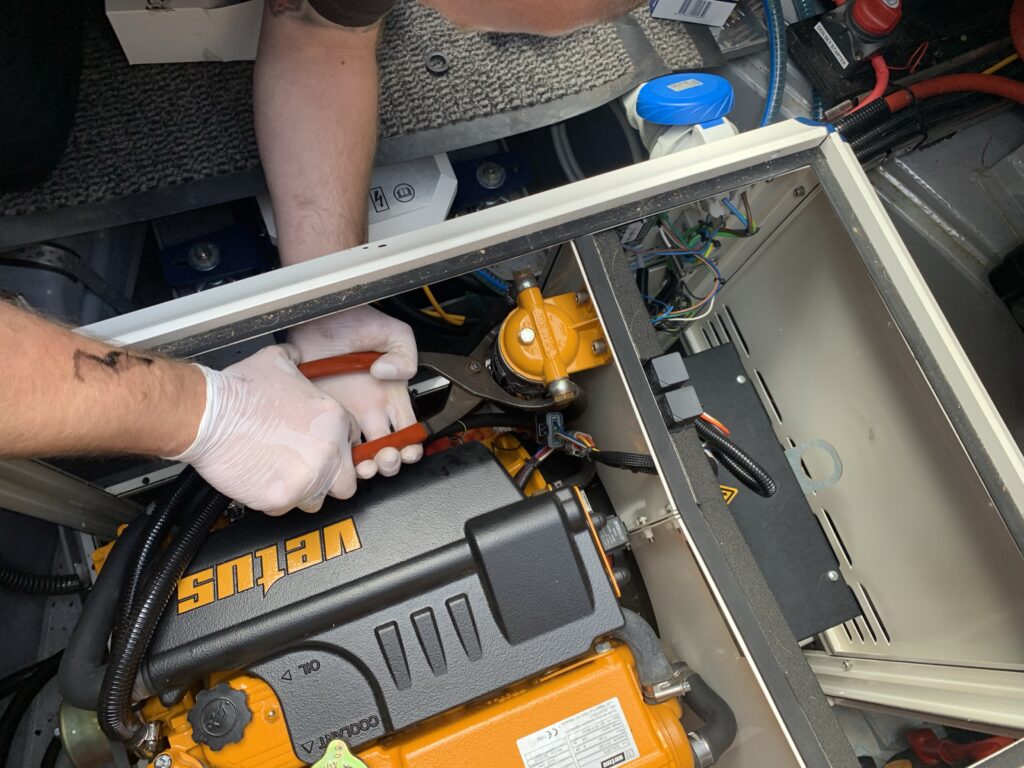
Engine fuel filter 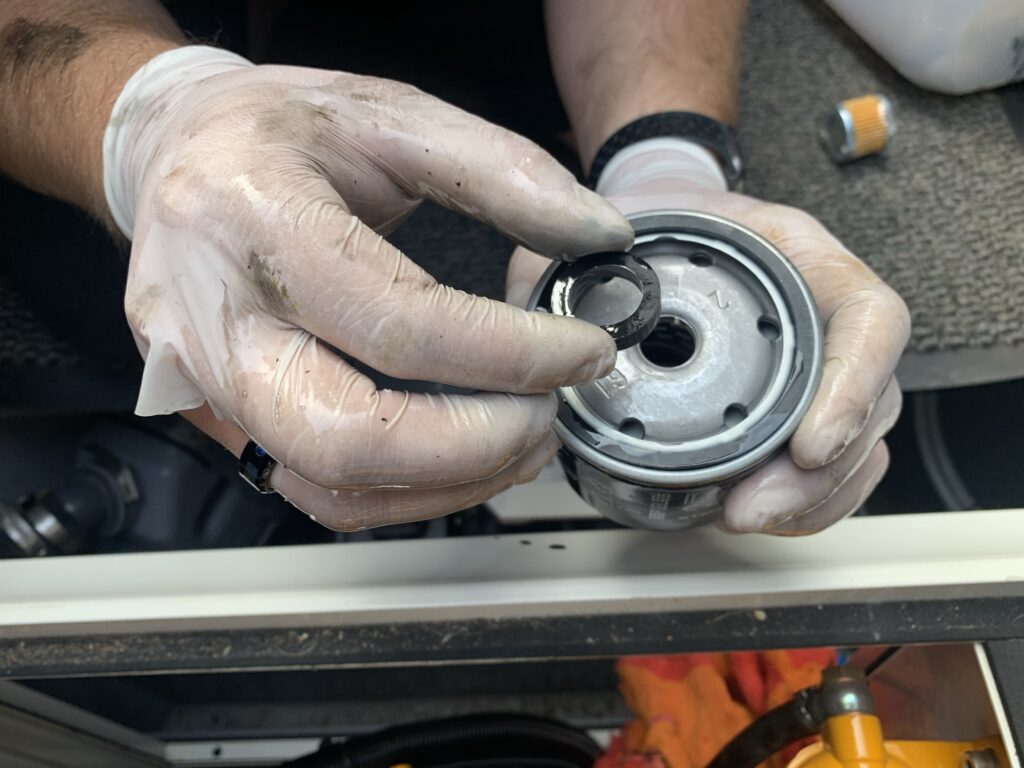
Remember the additional seal
With all of the filters replaced, all that remains is to check the fan belt tension on the alternator and check all of the bolts on the multiple jubilee clips that are fitted to the various exhaust and water coolant pipes, to make sure they have not come loose. A flexible driver with a 7mm socket is useful for this job.
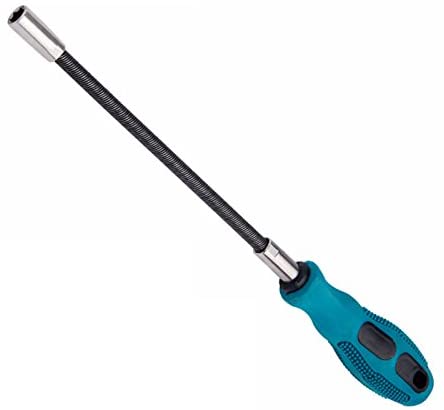
The final job is to bleed the fuel system, because in changing all of the filters, air has been introduced into the fuel lines and filters. The engine fuel pump is the highest point in the system and this is where the air needs to be bled out. The following video was taken to record the process.
With a new generator, the first service should be done after 50 hours and then an oil change should be carried out at regular intervals of 100hrs and a full service every 500hrs or after 12 months, whichever is soonest. With Joel’s expert tuition, I now feel very confident in being able to carry out all future services on the GLX and I hope this post will help other Vetus owners of a practical nature to do their own servicing.

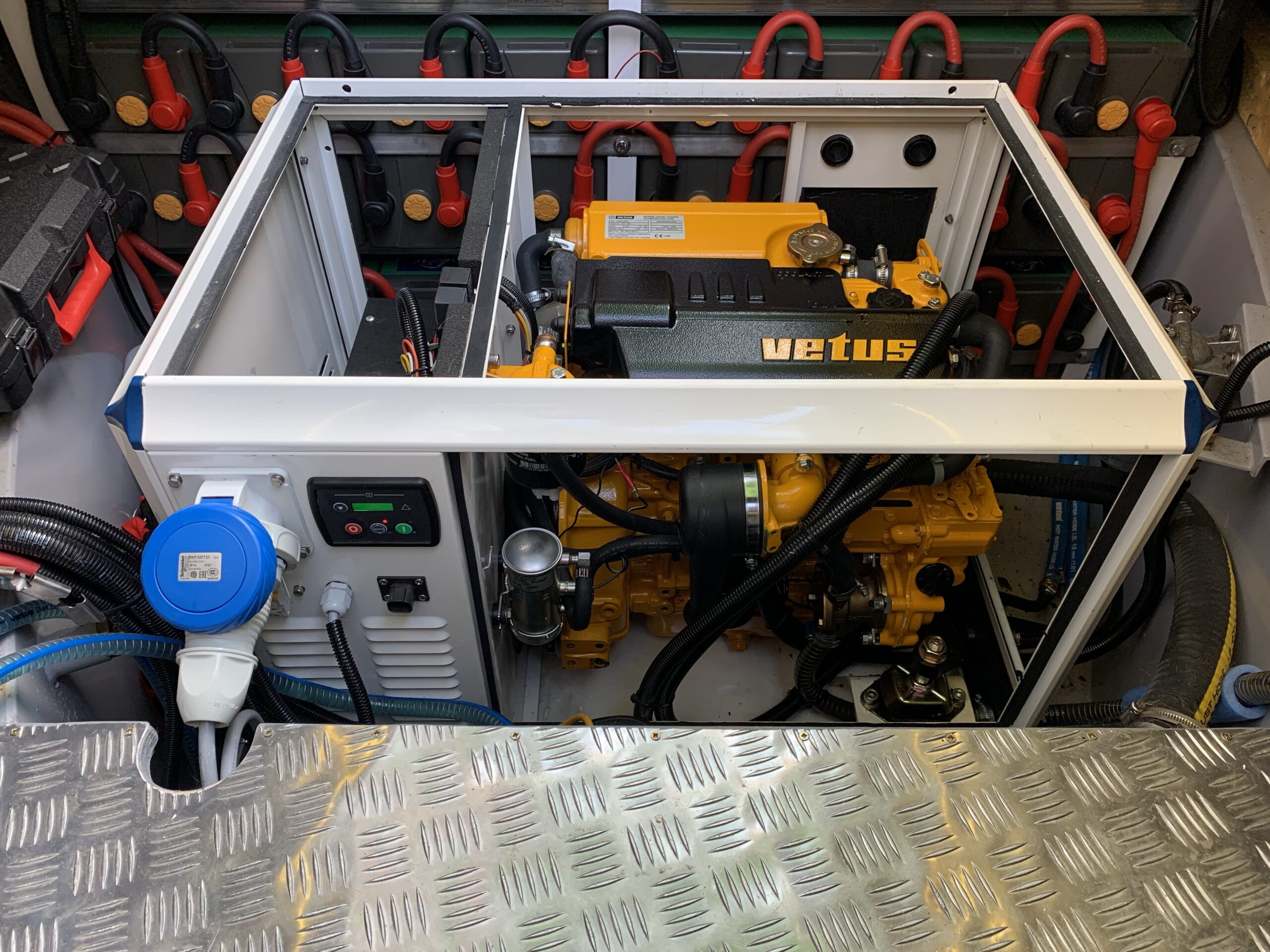
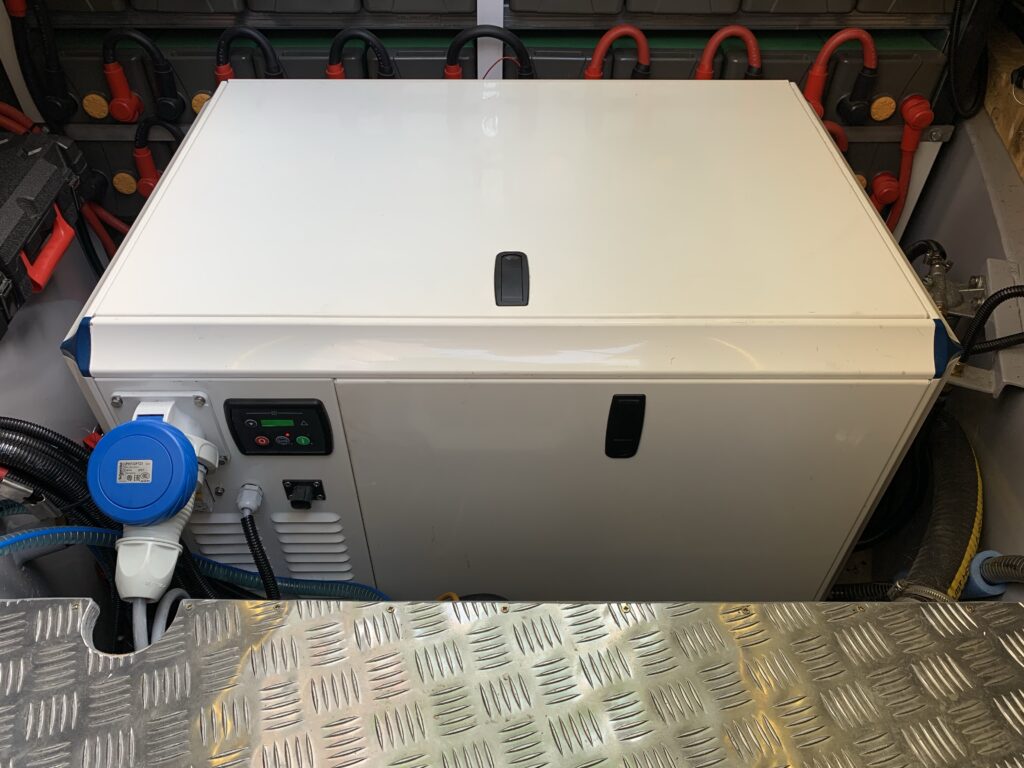
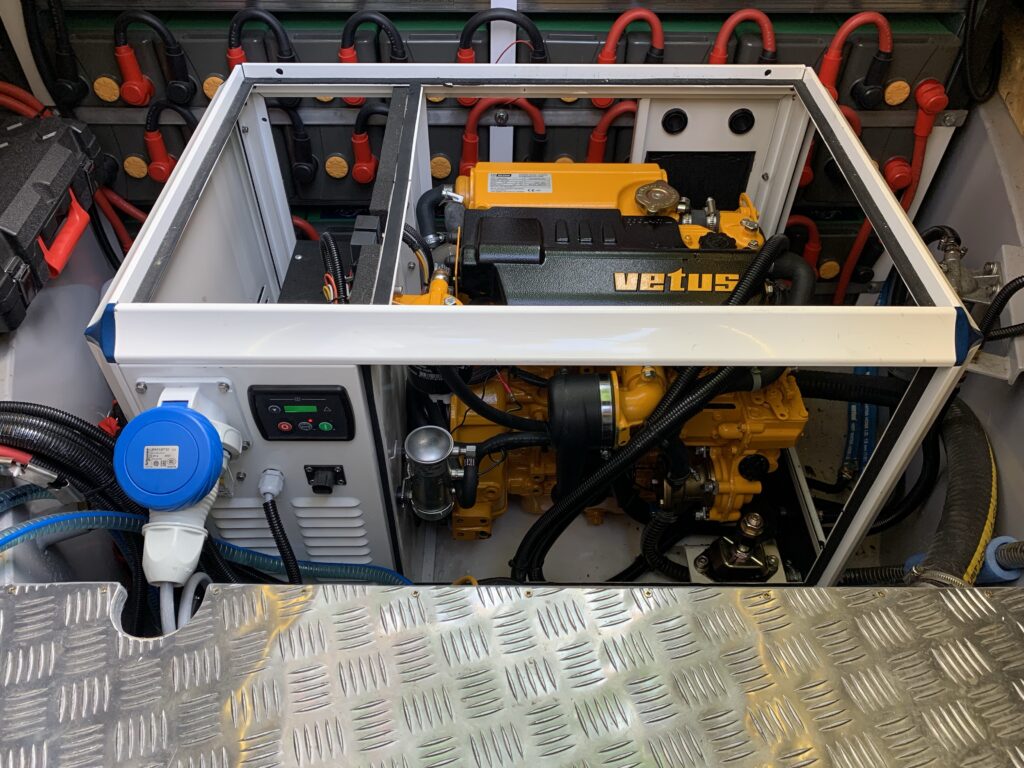
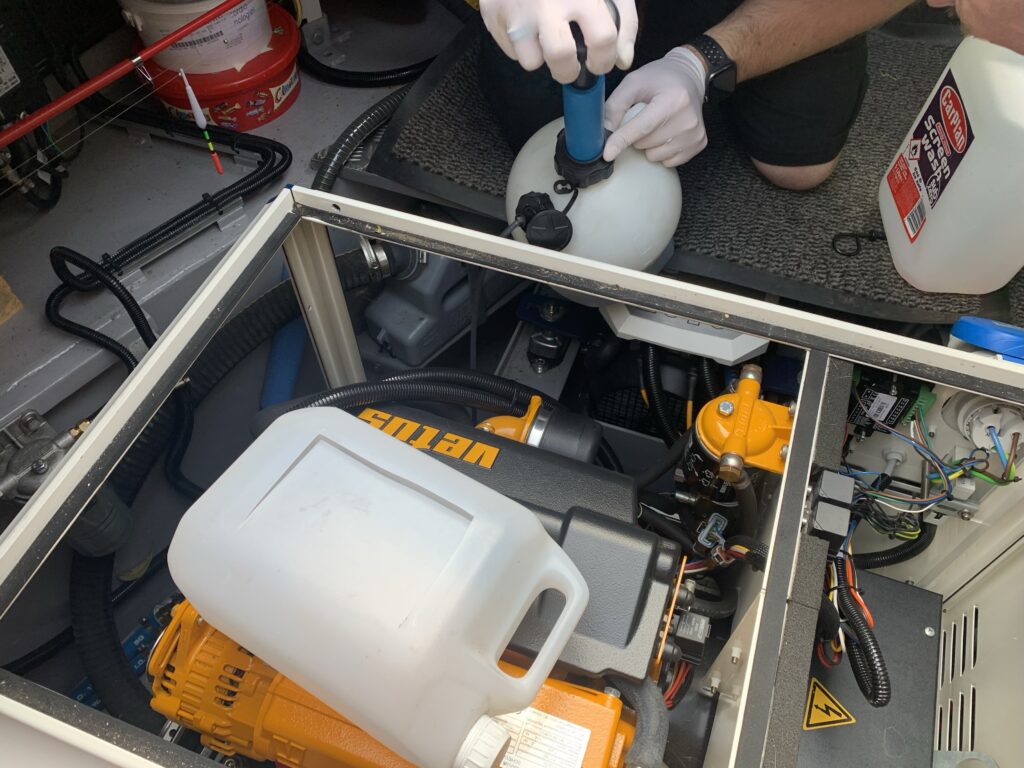
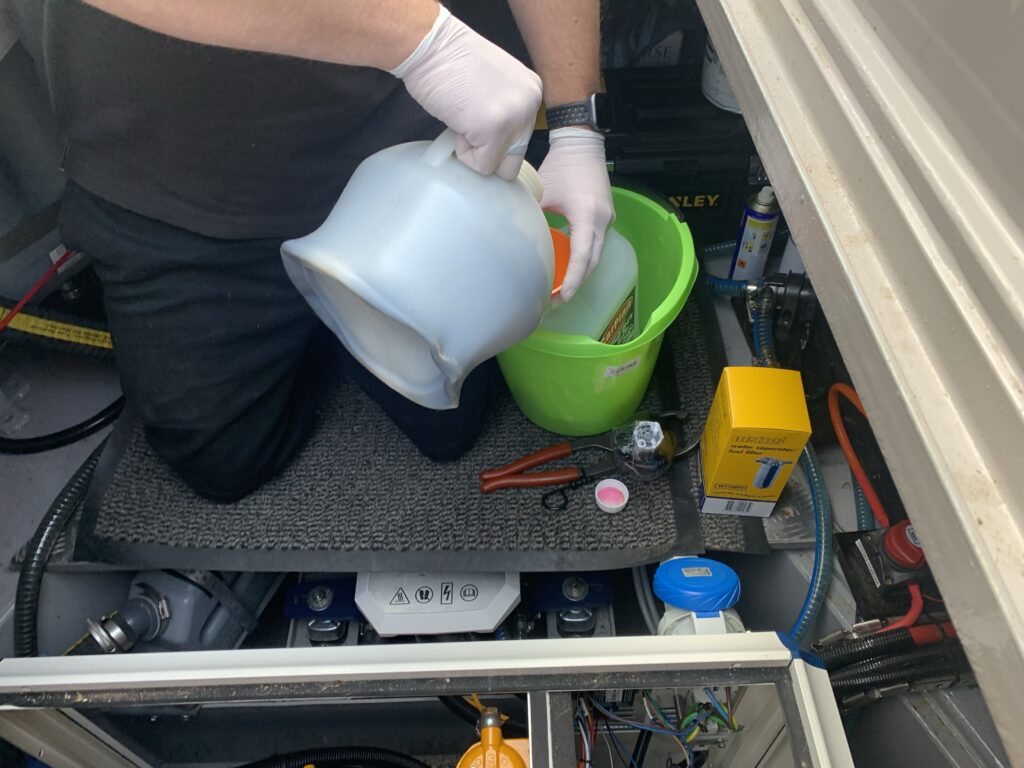

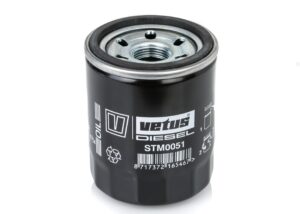
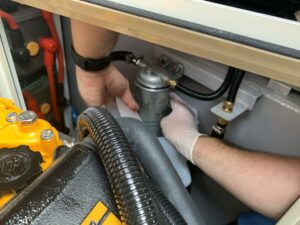
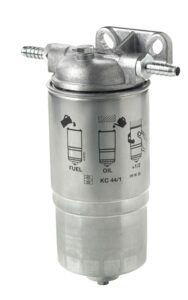
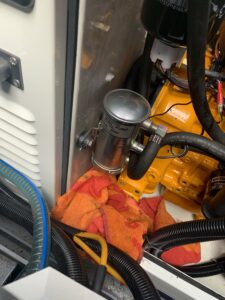
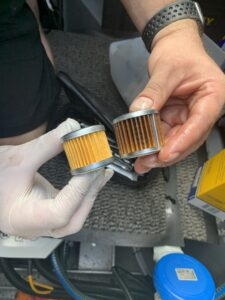
Excellent blog. Very informative. Not sure if we will be going down the series hybrid or parallel hybrid route yet when Ortomarine build our boat in 2023 but if we do have a diesel generator your instructions will be very useful.
Haven’t taken in all the processes/detail – but loving the gloves!! X x
This is excellent! We are going in this direction and I’m trying to take it all in. Thank you for taking the time to archive everything.
Thank you! We are glad you found it useful. Feel free to ask any questions you may have. All the best in your quest.
Really interesting info about your engine maintenance, and really grateful to you for the time you gave me at Somerton Deep Lock this week when I bombarded you with questions! At the time I didn’t know your links to Fareham as I might have had a second conversation with you about Fareham. Maybe next time……
You mentioned maintaining the SoC. Does the system alarm or auto start the generator if the SoC drops too low? Also how frequently do you expect to service the generator and how would that compare to a Diesel engine based on your cruising pattern? Lots of questions but I think serial hybrids are the way to go. We’re a couple of years from our canal boat life but this is so inspirational. Thanks.
Hi David, the Victron does have a SOC alarm, but this winter Ortomarine and I are going to review how the year has been and tweak the Ortomate control system. We have an Auto Generator button but we have not added the logic yet to make the generator come on when the SOC is low. I think I will service the generator every year which is what I would have done on a Diesel engine.
Like the other comments – I’m following in your footsteps (Vetus powered serial hybrid) and your many posts have been really helpful to give me a bit of guidance on the way I should be heading – appreciate you both sharing your experiences.
Like the other commenters have said: thank for taking the time to share your experiences with ‘Old Nick’. I am following in your footsteps (narrowboat with a Vetus serial hybrid set up), but as a self-build and your posts and information have really helped to give me some confidence that I am heading in the right direction. Cheers.